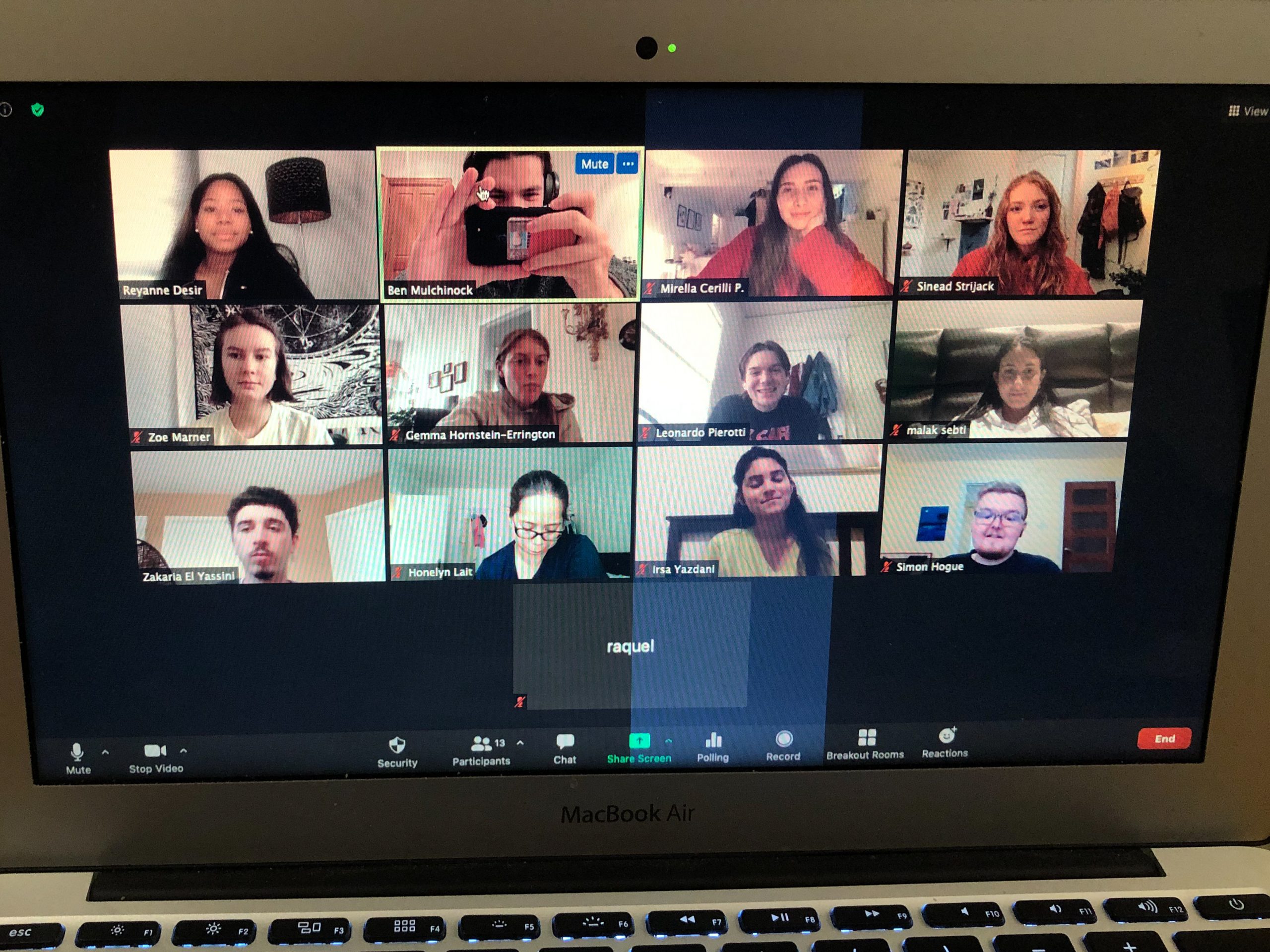The use of information technologies, particularly the Internet, seems to be just as ubiquitous these days as it was in the beginning. Years ago when the Internet was called the Super Highway, businesses, popular entertainment, politicians, and the media were falling over each other in the rush to get “on the Net,” which was seen as a necessary component of one’s survival in the near future.
But over the years it appears the Internet is exacerbating the existing disparity in technology access between high-income and low-income systems.
The Internet started its current phase of exponential growth only about 1988. Since that year it has doubled in size every year. That’s 100 per cent growth every year. Every year there are as many new people on the Internet as there were total people on the Internet the year before. Since 1988, the Internet has gone from connecting a couple dozen countries to connecting almost every country in the world, and from a few hundred thousand hosts to more than 12 million.
Even in education, notoriously resistant to technical innovation, the news about acquiring access to the global informational resources represented by the Internet was refreshingly aggressive.
At the 2003 Canadian Secretary of Education’s annual conference on education technology last year in Winnipeg, presenters revealed the following statistics: In 1996, half of Canada’s public schools were connected to the Internet, up from 35 per cent of schools in 1994. Of those schools that did not have Internet access, 75 per cent reported that they had plans to connect in the future.
The survey also stated that in 1994, only two per cent of all teachers surveyed and four per cent of all students reported using the Internet for educational purposes. In 2000, 46 per cent of all teachers surveyed reported using the Internet for education but only 22 per cent of all students questioned reported using the Internet for education.
However, while the total number of Internet accounts may one day amount to the world’s total population, presenters admitted that access is far from even: many people hold several Internet accounts, while multitudes have no access at all. Also, connecting schools to the Net does not ensure new access to instructional resources.
Perhaps most frightening for the access-conscious educators typically found in Canada is the fact that public schools with high percentages of students from low-income families are only half as likely to have Internet access as schools serving more affluent student populations.
The conference stated that schools with high concentrations of students in poverty have an average student-to-computer ration of 10:9, compared with an overall national average of 12:2 and a high-income school average of 11:7. The data also finds that schools with more than 50 per cent minority enrollment have an average of 10:1 students per computer; those with high numbers of native students have an average of 16:4 students per computer.
While such statistics should be of concern to the entire country, they are particularly alarming to universities, which are most likely to be the post secondary recipients of these technology-restricted students.
The problem is larger in the U.S. The latest figures from the American Association of Community Colleges show that more than twice as many low-income students start their education at two-year colleges where the average student-to-computer ratio is 18:9. High-income students are over three times more likely to start at a four-year college where the student-to-computer ratio is 6:7.
Minority students are also more likely to start their post secondary education at a community college; for Hispanic American students, they are more than twice as likely to attend a community college as a four-year college.
Johnathan Quarterman, president of the magazine Matrix, has seen the development of the Internet and its widespread use. “Computers and Internet technology don’t cost nearly as much as they used to, but they still cost money, and countries with more money tend to have more of them than countries with less money,” he says.
According to Quarterman, in 1997, gender ratio was an issue, and the gender ratio on the Internet was more like 2:1 male to female, rather than the 9:1 that some people had claimed. “Quite a few people complained bitterly that that couldn’t be, because everybody knew that only rich white male geeks used the thing and they were thereby oppressing women. Well, it just wasn’t so, and many other surveys have borne out our conclusions.
Meanwhile, as a region becomes more densely networked, the gender ratio approaches parity, because that’s the ratio in the population at large.”
The implication of the oft-used phrase “inequities of access” is that the Internet is somehow something that rich countries or westerners or white males have invented solely for their own use and that they are trying to keep from the rest of the world. What has happened is that Internet access has reached a stage of development that creates inexpensive hook ups. Give it time and the world will be connected.
Obviously, this is an issue that needs to be dealt with in the public school system, but it is an issue for universities as well.
In planning technology resources, universities may find that their upcoming students may be deficient in what was supposed to be a new “basic skill” for the 21st century. Is Concordia University ready?



